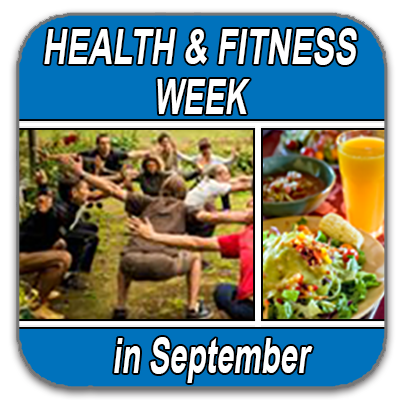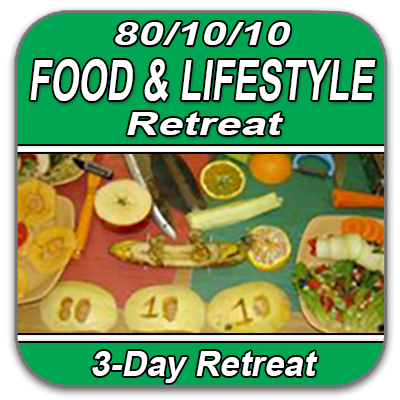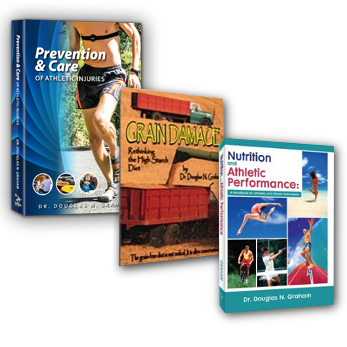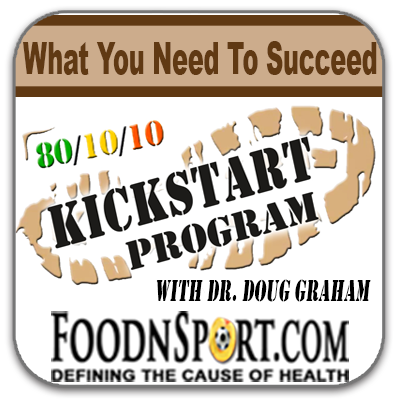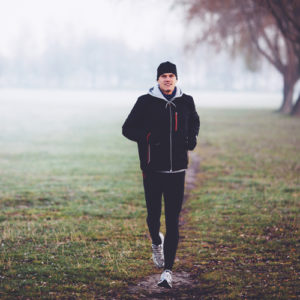
Short of high tech gear for facing extreme conditions, the following tips will serve as basic guidelines for getting the most out of cold weather fitness activities, while also making them more enjoyable. Essentially, you really don’t want to lose the battle to the cold, or the wet. Layers work best, both in terms of protection and adjustability.
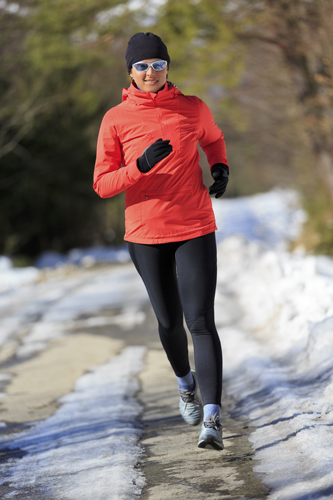
The problem is that when exercising, body temperature can rise dramatically, making you feel much too warm in clothing that seemed barely sufficient when you first went outdoors and hit that cold wind.
Judicious use of gloves (or even two layers of gloves, liners and outers) and
a hat or hood (or both) can often be the difference between a successful outing and a disastrous one. For best protection in wet weather, go with your water repellent and waterproof gear. Form fitting clothing tends to work best in wet weather, whereas baggy cotton clothing is your worst option.
When you first go outside to run, if there is wind, run facing towards the wind. Yes, it will seem cold, but it is far better to run into the wind when you are dry than it is to run into that wind once you get sweaty, which could well happen, even on the coldest day.
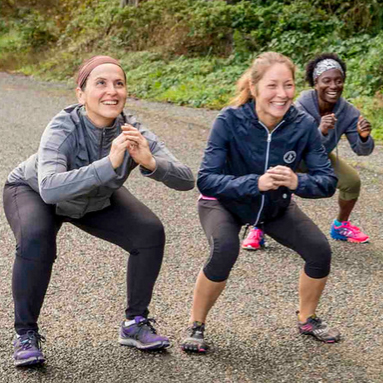
If you have the option to drop clothing along a run, that is the best. Go out with extra layers, and during your warmup first and second mile, drop clothing that seems extraneous. You’ll need those clothes at the end, as you go through your cool down, in order not to cool down too rapidly. If you must carry your clothing, choose items that you can easily wrap around your waist, tie over your shoulders, or tuck in at your waistline. But dropping clothing is the best, making sure to keep your gloves.
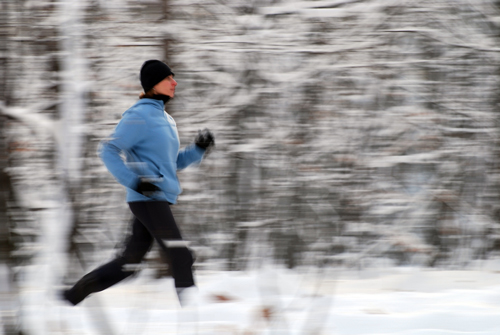
If you can choose sunny locations, they will often feel 10-15 degrees warmer than shady ones. If you can get a sunny spot that is protected from the wind, such as the edge of a forest, all the better. If you cannot get full sun, due to the weather or the geography, then choose a spot that is out of the wind, such as running through the woods, which will also feel considerably warmer than a windy exposed area.
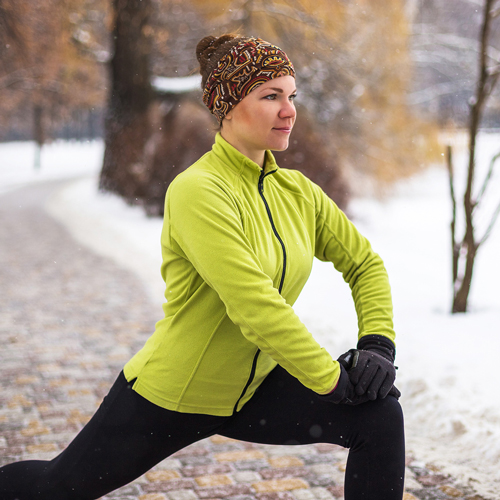
Unlike the freedom of training in the warm, you must respect the cold weather, or risk doing serious and unnecessary harm to yourself.
Ideally, you do not want to break a sweat, but instead to be able to remove clothing so as to remain comfortably warm while losing any unnecessary heat to the great outdoors. If you are training at such an intensity level that sweating is likely, make sure that you always have a plan for what you are going to do should things go wrong, such incurring an injury or an equipment failure. Meanwhile, you must be willing to stop running if necessary to adjust (on or off, sometimes again and again) hat, hood, gloves, shirt, etc so that you are comfortably warm when running.
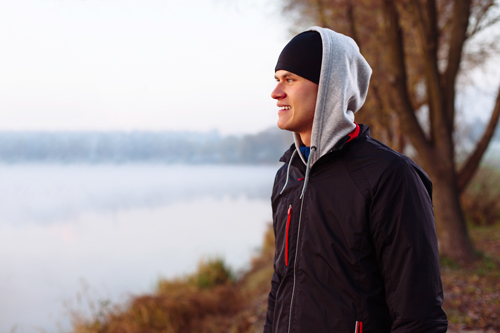
At the end of your training, you do not want to cool down too rapidly, so as soon as the running phase of your workout finishes, put on at least one more layer, and add layers repeatedly as necessary, preferably before you feel the bite of the chill.
Be willing to take a bit longer to warm up, and also to extend your cool down during cold weather, to allow for the fact that you may be a bit more stiff in cold weather. Taking the time to prevent injury is worth it.
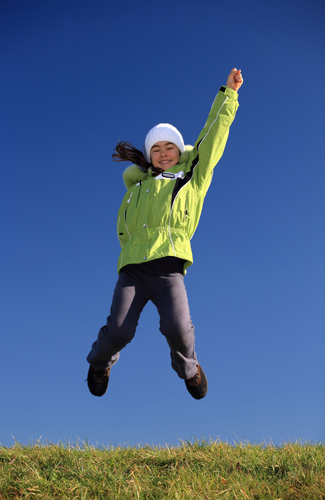
Enjoy your training,
as well as the resulting health, fitness, and performance.
You are worth it.
Articles:
- Fitness: Simple Answers to Common Questions by Dr. Graham
- Getting Optimal Results by Dr. Graham
- Raw Vegan Fitness with Dr. Graham by Dr. Graham
- Getting Started: Putting Your Inertia To Work by Dr. Graham
- Deadlifting Instructional Video by Dr. Graham
- More Fitness Articles
Retreats:
Amp Up Your Fitness |
Practical Skills To Thrive |
Self-Study Materials:
Raw Athlete’s 3 Book Combo |
The 80/10/10 Family Membership |
80/10/10 Bootcamp How To Live 80/10/10 |


